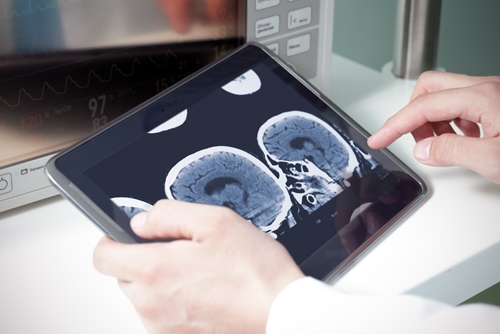The key to a successful diagnostic imaging practice is the ability to provide high-quality scans that help physicians determine the best possible course of action for patients. Interpreting exams is vital to clinical services, and without optimal quality assurance, individuals are put at risk.
HealthImaging explained that a number of factors – technical, economic and geographic – have combined to negatively impact image quality. In turn, radiologists have had to take more active roles in the care process, assuming leadership during diagnoses and participating in more one-on-one sessions with patients.
But image quality is still hard to measure for many practices, leading to the need for standardized metrics to quantify radiology.
Reforming the imaging practice
Data-driven analysis is integral to achieving the goal of better quality images from radiology. Bruce Reiner, M.D., from the Baltimore VA Medical Center, has urged radiologists to play an active role in developing innovative strategies for quantifying medical imaging quality. Because they are often at the forefront of diagnostic procedures, radiologists should be taking leadership stances on education, research, clinical oversight and intervention methods.
"The current practice of quality assurance in everyday medical imaging practice is often idiosyncratic and inconsistent, with the priorities of imaging service providers often focused on productivity and workflow, which can come at the expense of quality," wrote Reiner, quoted by HealthImaging.
The transition to digital imaging has caused dramatic changes in workflow as providers learn new ways to examine patients. Pertinent data can be stored on integrated PACS platforms with ease, but without the right focus on quality, the technologies' potentials have yet to be tapped. Data on quality assurance is crucial to reforming health care, as new analysis showed the reduced risk of radiation exposure during mammograms.
Study shows minimal risk of radiation-induced breast cancer
Women over the age of 50 typically undergo annual mammography screenings to identify any early symptom of breast cancer. However, some researchers have argued that overexposure to radiation can cause malignancies to grow over time.
According to a study out of Norway, published in the journal Acta Radiologica, the risk of radiation-induced breast cancer and death from the disease is minimal, Diagnostic Imaging reported. The researchers examined data collected from the Norwegian Breast Cancer Screening Program, which provided two-view mammograms to women aged 50 to 69 every two years.
The results indicated that a total lifetime risk of radiation-induced cancers per 100,000 patients was 10 among women who were between the ages of 50 and 85. Overall, mammograms saved more than 350 lives per 100,000 women, underscoring the efficacy of screening programs in early detection.
"It should thus be safe to conclude that the risk of radiation-induced breast cancer and breast cancer death as a result of organized screening is considered minimal when applying a screening program according to [the European] guidelines," wrote the authors, quoted by the source.
As more studies highlight the success of data-driven analysis for radiology, care providers will notice the need for quality assurance for comprehensive scans. Moving forward, the medical imaging industry might experience significant overhauls in quantifying the usefulness of screening exams.
Contact Viztek for more information.
Ronny Bachrach
Latest posts by Ronny Bachrach (see all)
- Konica Minolta Debuts First-of-Its-Kind Digital U-Arm System at AHRA - July 27, 2016
- Researchers Detect Signs Of Stroke Risk Using MRI - June 27, 2016
- Imaging Biz: Q&A with David S. Channin MD: How to Make PACS Patient Centered - June 22, 2016










